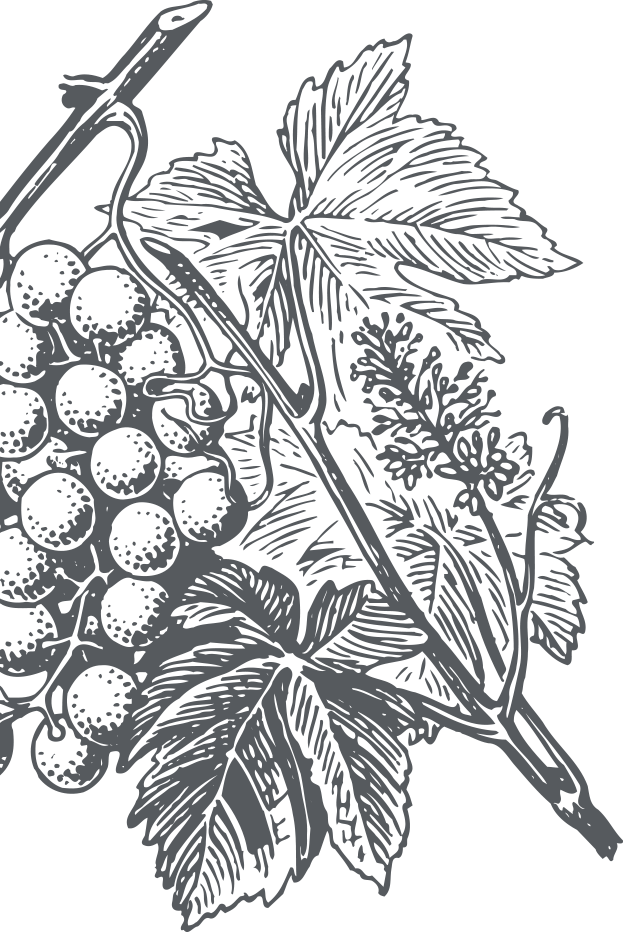First off, we have to remember that wines may be ready to drink almost immediately, which is when they are distributed or, for the most part, available for purchase. This usually happens in the spring after the vintage (or for some, like “Novello”, which can be consumed as soon as November of the vintage year).
However, there are some exceptions for suitable wine conservation. If some fermentation occurs in barrels, or “barriques” (traditional barrels of about 5 lt.) or if the features of the varietal, area, region, climate and the vinification process differ, they will greatly affect the aging process, which as a result, will also change the way in which the wine should be preserved after purchase. Not always having the luxury of a well equipped wine cellar with regulated, climate controlled refrigeration systems, nor the ability to often go to the winery to enjoy the cellar’s facilities and ambiance, we’ll need to make due with what’s available to conserve wines in the best possible way to take advantage of the wine cellar’s role efficiently at home.
To conserve our wines in the best possible way, we’ll need to keep in mind some simple yet important rules:
- Keep bottles on a rack so the wine is against the cork. By keeping the wine on its side, the cork will stay moist and well sealed and this will not permit air to enter the bottle.
- Choose the right environment:
- keep wine at a consistent temperature which should
- absolutely not exceed 0°C (68°F) and not drop below 0°C (50° F)
- store wines in a dark place absent of any odors.
- store in costant humidity, preferably between 50 and 80%.



